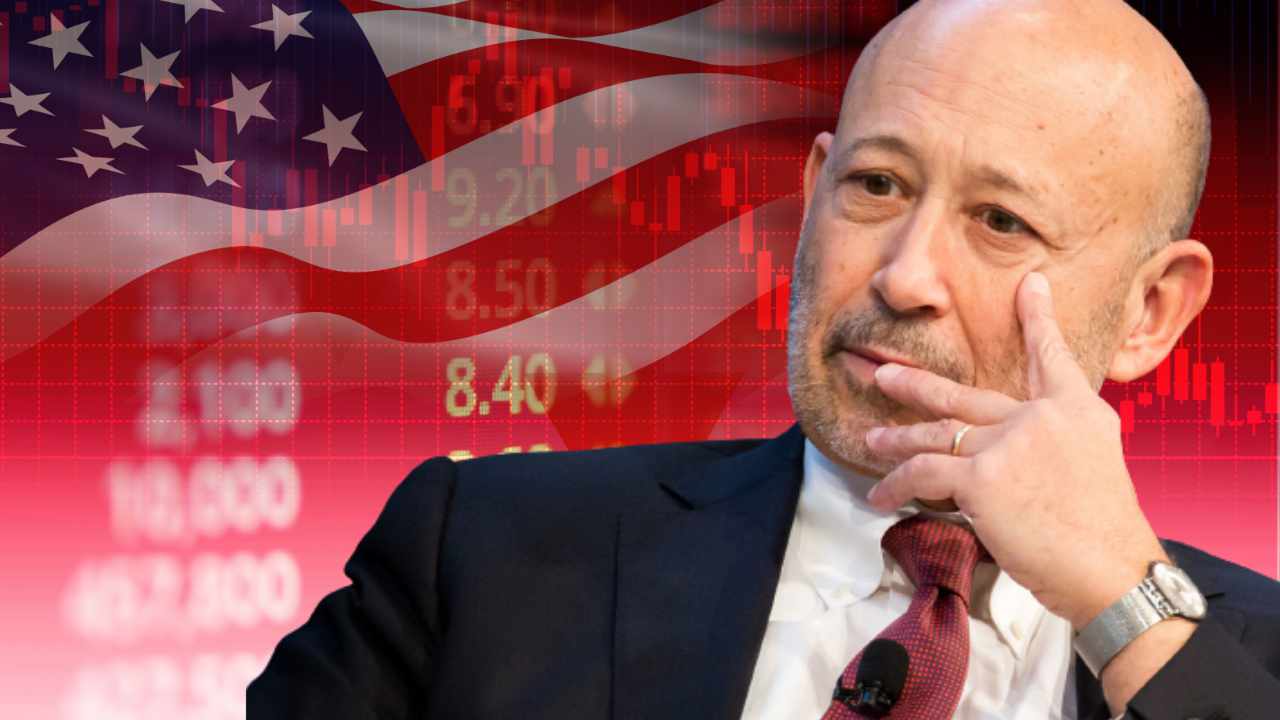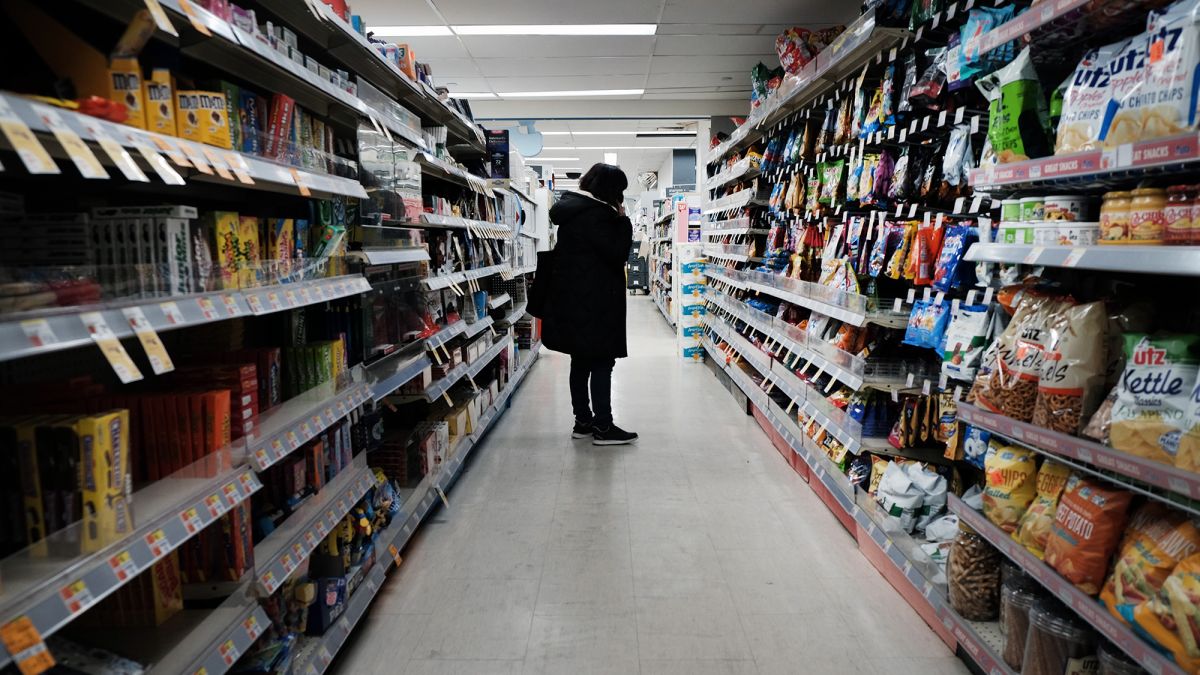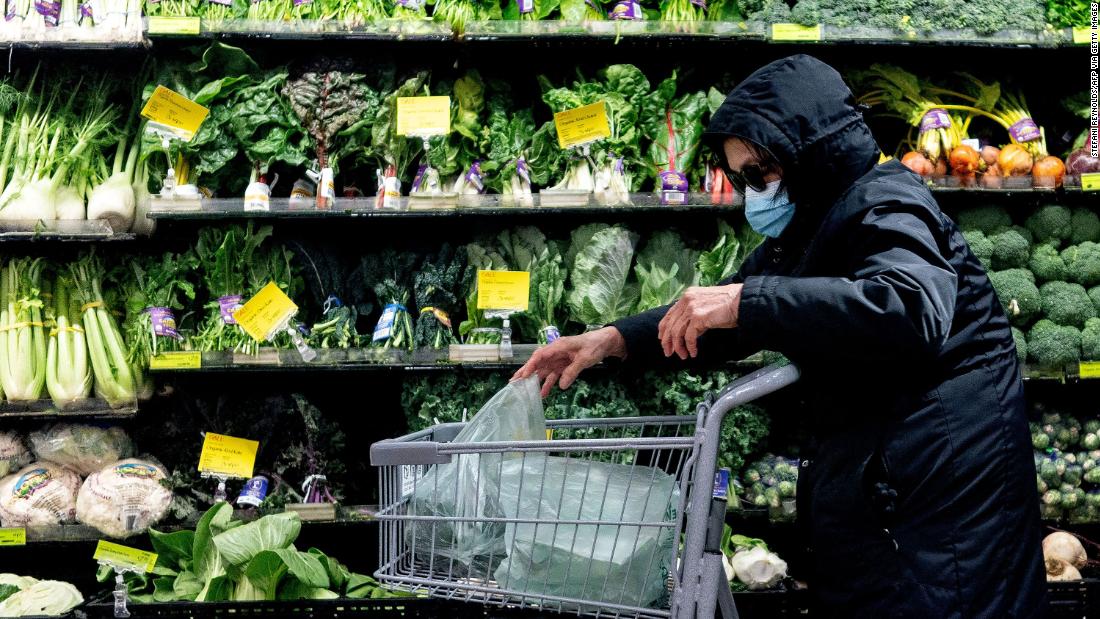US At “Very, Very High Risk” Of Recession: Goldman Sachs Chairman
US At "Very, Very High Risk" Of Recession: Goldman Sachs Chairman

Us at “Very, Very High Risk” of Recession According to Goldman Sachs Chairman, the United States faces a “veritably, veritably high threat” of recession.
A Goldman Sachs president and an elderly president Lloyd Blankfein has prompted businesses and consumers to brace themselves for a US recession, calling it a “Very, Very High Risk.” It (the recession) is plainly a high-threat factor.
But, you know, there is a path. It’s a winding road. Still, I believe the Fed possesses extremely potent tools. It’s delicate to finely tune them, and it’s delicate to see the goods in them snappily enough to change them. But I suppose they are, I suppose they reply well, “Blankfein explained. However, I would be ready, “he said, “if I was a consumer.” He says a recession is “not ignited in the cutlet” and that there’s a “narrow path” to help it.
The Federal Reserve has “enough big munitions” to fight inflation and has “responded well,” according to the former Goldman CEO. This is “necessary growth retardation,” according to the exploration, to help moderate paycheck growth and bring affectation back to the Fed’s 2 target.
Although the recession will increase severance, Goldman believes that a significant increase in severance can be avoided. Last quarter, the US frugality suddenly shrank for the first time since 2020, as a widening trade deficit and slower force growth belied an otherwise strong consumer and commercial demand picture.
GDP fell by1.4 percent per year after adding at a 6.9 annualized rate to the end of 2021. With high energy prices and a deficit of baby formula as palpable pointers of Americans’ apprehension, US consumer sentiment fell to its smallest position since 2011.
Consumer prices in the United States increased by 8.3 YoY in April, a slight retardation from March but still among the fastest rates in decades. Blankfein’s reflections were made the same day economists at the investment establishment cut their US growth vindicators for this time and coming to reflect the recent request for fermentation.
Goldman’s profitable platoon, led by principal economist Jan Hatzius, now forecasts US GDP growth of 2.4 percent this time, down from 2.6 percent preliminary. It reduced its 2023 cast from 2.2 percent to 1.6 percent.
While some of the affectation will be soothed as force chains unclog and COVID-19 lock downs in China are lifted, “Some of these effects are a little stickier, like energy prices,” Blankfein said. Americans have long benefited from globalization, which has lowered the cost of goods and services through cheaper labor overseas, he says.
“How comfortable are we now counting on force chains that aren’t within the borders of the United States and that we cannot control?” Blankfein said. Do we feel good about acquiring all of our semiconductors from Taiwan, which is, again, a Chinese target?
In the coming two weeks, Goldman predicts a one-in-three liability of a US recession. According to Goldman Sachs Group, the Federal Reserve will defy a delicate challenge in tense financial policy enough to lower affectation without creating a US recession, with the chances of a compression swimming around 35 percent over the coming two years.
The Fed’s main challenge is to constrict the paycheck gap and slow paycheck growth to a position harmonious with its 2 percent affectation target by tensing fiscal conditions enough to reduce job openings without sprucely rising severance, according to principal economist Jan Hatzius in an exploration report released.
It may be delicate to achieve a “soft wharf” since, historically, big reductions in the gap have only happened during recessions in the United States. “These literal trends, taken at face value, indicate that the Fed faces a delicate path to a soft wharf,” Hatzius said. Mr. Hatzius believes that a recession is doubtful since the Fed will profit from post-COVID-19 normalization in the labor force and durable goods pricing.
Other nations in the Group of 10 leading economies, including Belgium, Canada, France, Germany, Italy, Japan, the Netherlands, Sweden, Switzerland, and the United Kingdom, have also managed a gentle wharf, he added. Since WWII, 11 of the 14 tense cycles in the US have been followed by a recession within two times, but only eight of these can be attributable to Fed tightening-and gentle or “softish” levees have come decreasingly current in recent times.
According to a Bloomberg study conducted in the first week of April, 27.5 percent of economists prognosticate that US frugality will decline, up from 20 percent a month before. The consumer price indicator should average 5.7 percent in the last three months of the current time, up from the previous ratiocination of 4.5 percent.
In the United States, affectation has reached 8.5, the loftiest position since 1981. Consumer prices in the United States increased to their loftiest position since late 1981 in March, boosting expectations that the Federal Reserve will hike interest rates by a half point next month.
According to Labor Department statistics released Tuesday, the consumer price indicator jumped 8.5 percent time over time after rising 7.9 percent in February (April 12). The nearly watched affectation index rose by 1.2 percent from the previous month, the largest increase since 2005. Half of the yearly rise was due to rising gasoline prices. According to a Bloomberg survey, economists anticipate the total CPI to rise 8.4 percent from a year ago and 1.2 percent from February.
Numerous judges believe the March CPI data reflects the apex of the current inflationary phase, landing the impact of soaring food and energy costs following Russia’s irruption of Ukraine. While the Fed is evolving to a further hawkish station, it is doubtful that affectation will fall below the central limit.
The bank’s two targets are veritably soon to be reached, given the war, the Chinese leaguers for the COVID-19, and the increase in demand for services similar to tourism. At the same time, the liability of affectation is tilting frugality into recession.
Consumer spending will drop in response to increased prices, or the Fed will overcorrect in its attempt to catch up, according to an increasing chorus of economists. Coffers rose as data showed core affectation rose lower than anticipated in March, while the bone fell in early Tuesday trade after a brief rally. Food, energy, and used automotive affectation jumped by 8.1 percent in March, the loftiest quantum since 1981.
The cost of food climbed by 1 in February. Service costs increased by 5.1 percent time over time, the loftiest rise since 1991. Airline rates jumped by a record 10.7 in March compared to the previous month. For the second month in a row, rents and hostel stays increased by 0.5 percent. Habituated auto prices, which had been a major source of rising affectation for months, fell by 3.8 percent in March, the alternate successive yearly drop.
Meanwhile, new machine costs have risen modestly. After making large earnings in recent months, prices for domestic cabinetwork and inventories increased by 1. In February, the furnishings and operations indicator increased by 10.10 YoY, the loftiest since 1975.
The conflict in Ukraine, which began in late February, pushed up energy prices due to enterprises that cutting off Russian oil and gas would strain formerly strained inventories. According to the CPI data, energy prices increased by 11 in March from the previous month, the loftiest increase since 2005, while gasoline prices increased by 18.3, the highest increase since 2009. Still, gas prices have begun to fall in recent weeks, owing in part to lower demand in China, where several large metropolises are subject to severe COVID-19 lockdowns.
Still, gas prices have begun to fall in recent weeks, owing in part to lower demand in China, where several large metropolises are subject to severe COVID-19 lockdowns. While going forward with plans to drop its balance, the central bank is projected to raise interest rates by a half point at its next policy meeting in May and presumably at one or further sessions following that.
US Vice President Joe Biden has also been corrected for failing to keep costs down as Americans pay more for gasoline and groceries. To help temper prices, his government approved the largest canvas release in history from its stashes last month, but gasoline prices statewide remain above US $4 (S$5.46) a gallon. Affectation will make it more difficult for Egalitarians to save their close congressional advantage in the coming quiz choices.
edited and proofread by nikita sharma




